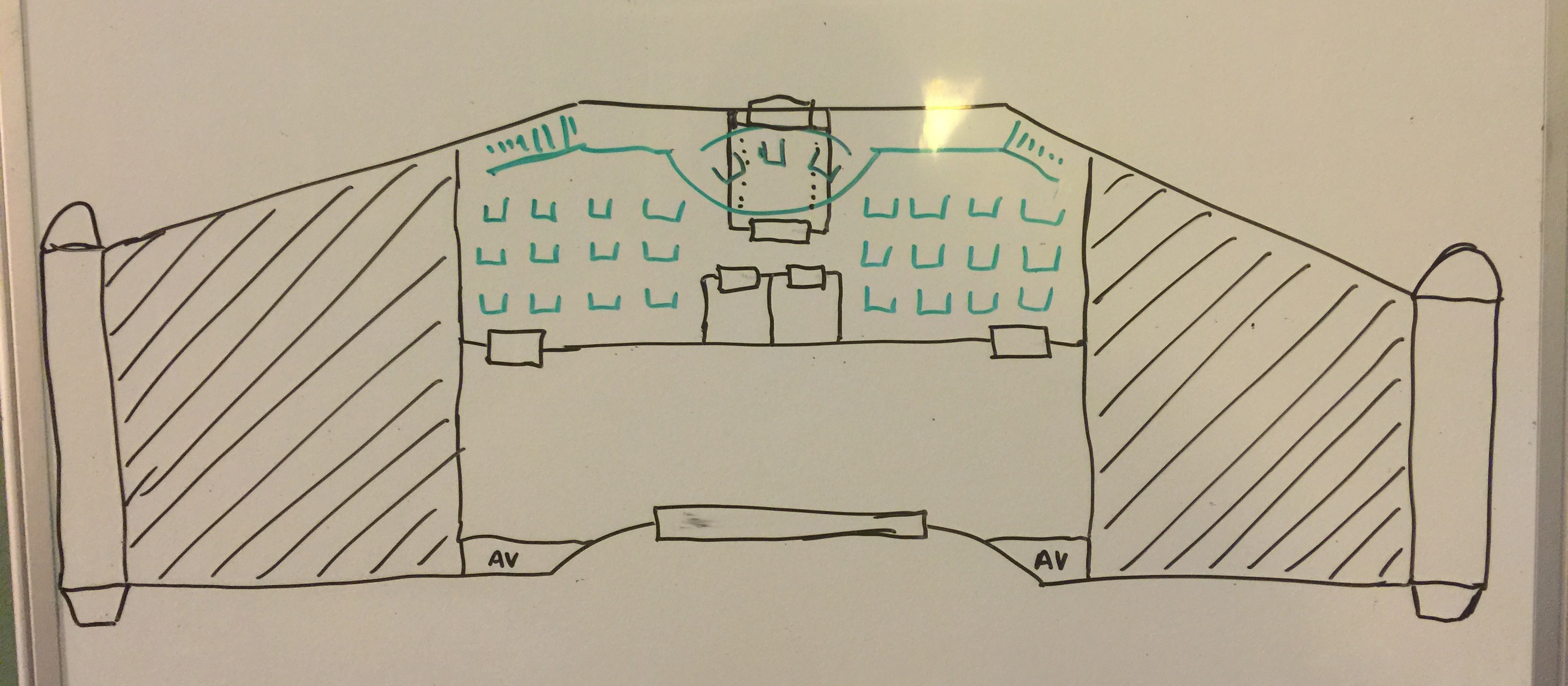Lowari-class pinnace/shuttle
Yes, that means it’s bad sketch time again here at the Eldraeverse… so here, have an interface vehicle.
LOWARI-CLASS PINNACE/SHUTTLE
Operated by: Various starports and near-orbit stations; capital ships.
Type: Pinnace / shuttle (belly-lander)
Construction: Llyn Standard Manufacturing, ICC & various licensees.
Atmosphere-capable: Yes.
Gravity well-capable: Yes.
Personnel: 3 nominal, as follows:
Flight Commander / Sailing Master
Flight Engineer
Purser / Cargomaster
(Can operate with a single pilot.)
Passenger capacity: 24.
Drive: 2 x Jetfire Technologies trimodal NTRs
Propellant: Hydrogen slush
Acceleration capacity (nominal load): 4.3 G
Delta-v reserve: 18,300 m/s
Drones: None.
Sensors: Standard navigational suite.
Weapons: None as standard. (Militarized version can mount turreted point-defense lasers above and below the bridge.)
Other Systems:
Auxiliary power reactor (thorium pebble-bed).
Navigational kinetic barrier system.
Regenerative life support (atmosphere only).
3 x Bright Shadow flight computer systems
Small vector-control core and associated technologies.
Integral radiative striping.
 As can be seen from the picture, the Lowari-class is a very simple surface-to-orbit-and-back ship; flying-wing in form factor, with the entire habitable space occupying the center of the wing area, with fuel tanks outboard of that on each side, and the trimodal NTR engines on each wingtip. Flight control is primarily provided by thrust vectoring of the NTRs, but aerodynamic control surfaces and small attitude-control arcjets back this up.
As can be seen from the picture, the Lowari-class is a very simple surface-to-orbit-and-back ship; flying-wing in form factor, with the entire habitable space occupying the center of the wing area, with fuel tanks outboard of that on each side, and the trimodal NTR engines on each wingtip. Flight control is primarily provided by thrust vectoring of the NTRs, but aerodynamic control surfaces and small attitude-control arcjets back this up.
The livable area exists on one single deck, which doesn’t include much in the way of dedicated machinery space; the machinery is squeezed into spaces behind access panels, primarily into the subdeck and behind the bulkheads of (in particular) the cargo hold. The largest of these are two dedicated avionics spaces (labeled AV) at the back of the cargo hold.
The for’ard half of the livable area is the passenger deck. As the ship’s not intended for long-term habitation, this means seats, not cabins; large, comfortable, recline and put-your-feet up, quite-able-to-take-a-nap in leather seats with assorted luxury accessories, certainly – at least in the version they sell in Imperial markets, travelling like a gentlesoph and all that – but seats nonetheless. Three rows of four each to port and starboard; a total of 24 passengers.
This passenger area’s semi-divided by structures amidships. Going all the way floor to ceiling at the aft are two small compartments; a ‘fresher and what is, on the civilian model, a galley for serving drinks and snacks. (Military models may or may not keep this.) Ahead of that, and half-height, bearing in mind that the wing gets fatter towards the leading edge, is the airlock. It’s a fancy model with two operating modes: it has a conventional for’ard outer door designed to dock with other craft, but the floor also functions as an outer door; it’s designed to descend as a boarding ramp/boarding elevator when the Lowari is on the ground. (It can, of course, function as an actual airlock, even though the Lowari almost never does anything in space other than dock to/land in a bay of a larger craft.)
The flight deck is in the same compartment (indicated in green); it sits atop the airlock on a small platform of its own, where the three crew share one long console. It’s accessible by a long gallery leading to stairs on each side of the ship.
The leading edge of the Lowari‘s for’ard compartment, incidentally, is configured as one enormous picture window, because it’s not flying if you can’t enjoy the clouds on takeoff, the beautiful panoramas of space while in orbit, and the sheath of outrageously hot plasma trying to get in and incinerate you all on re-entry. Indulgent pilots may let well-behaved passengers come up and stand on adhere to the gallery to get a good view once they’re safely in orbit.
The aft compartment (accessible in-flight by doors to port and starboard) is the cargo bay, capable of housing eight or so standard cargo containers or an equivalent amount of breakbulk (including, say, the passengers’ effects). While said effects and suchlike are usually taken off via the bow airlock, there’s a large spacetight cargo door to aft/dorsal to allow large cargo to be loaded and unloaded. In space, this is often done by workpods, and the cargo bay is designed to depressurize for this purpose. (Conveniently, this also lets it serve as a backup airlock, if needed.)
Don’t go to space any other way!